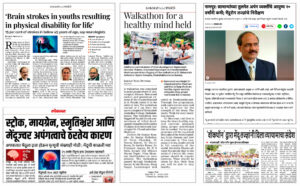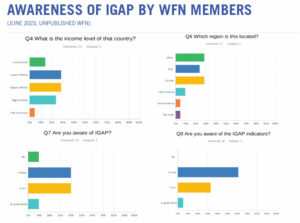We’d like to welcome all readers to the April 2024 issue of World Neurology. The issue begins with the President’s Column, where World Federation of Neurology (WFN) President Dr. Wolfgang Grisold provides an update on a number of initiatives, including the Global Burden of Disease study, Brain Health, WFN educational initiatives, and World Brain Day (WBD) 2024 plans. Also in this issue you will find additional details about the upcoming Digital Neurology Updates (WNU) 2024, an exciting online educational initiative planned for September 2024. Registration is now open.
Drs. M. S. Damian and P. Laforet provide a report on the use of telemedicine devices and telehealth in neuromuscular disease, promising to provide state-of-the-art care to remote regions. Drs. Vladimir Hachinski and Ryosuke Takahashi provide an opinion piece (reprinted with permission from the 2023 Hiroshima Summit) about the future of prevention of neurologic disease, particular with the aging of the population.
Drs. Tissa Wijeratne, David Dodick, Steven Lewis, Alla Guekht, and Wolfgang Grisold report on exciting plans for World Brain Day 2024, which is devoted to Brain Health and Prevention. In this issue’s History column, Dr. Peter Koehler provides biographical details about a ship’s surgeon (Abraham Titsingh) and cranial injuries, among other interesting historical and medical details.
Drs. Chandrashekhar Meshram, Surat Tanprawate, and Serefnur Ozturk provide a summary of the many activities of the e-Communications & e-Learning Committee and Migrant Neurology Specialty Group. Dr. Salsabil Abdulrahim Mady Abulazayem details her four-week department visit at the university hospital in Giessen, Germany, as a recipient of the Department Visit Program from the German Neurological Society and the WFN. The WFN also wants to sincerely thank the German Neurological Society for its longstanding and continued support of this important and successful program.
Drs. Chandrashekhar Meshram, Gagandeep Singh, Nirmal Surya, and U. Meenakshisundaram report on the multitude of activities from WBD 2023 in India and their plans for WBD 2024.
In closing, we continue to thank all readers for their interest in the WFN and World Neurology, and we look forward to sharing more details about the many upcoming activities for neurologists worldwide in upcoming issues. We encourage contributions about neurology and neurologists from all regions of the world. We look forward to hearing from you. •
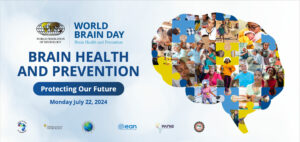 Tissa Wijeratne, David Dodick, Steven Lewis, Alla Guekht, Wolfgang Grisold
Tissa Wijeratne, David Dodick, Steven Lewis, Alla Guekht, Wolfgang Grisold 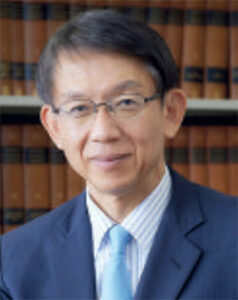


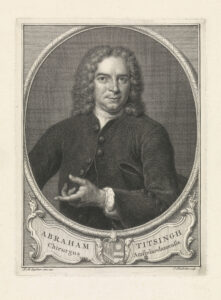
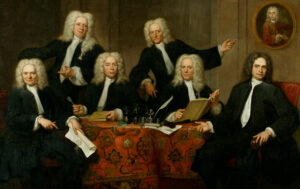
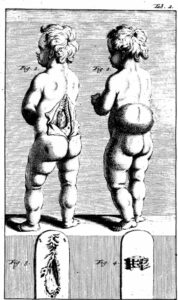

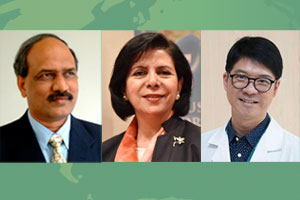
 By Salsabil Abdulrahim Mady Abulazayem
By Salsabil Abdulrahim Mady Abulazayem